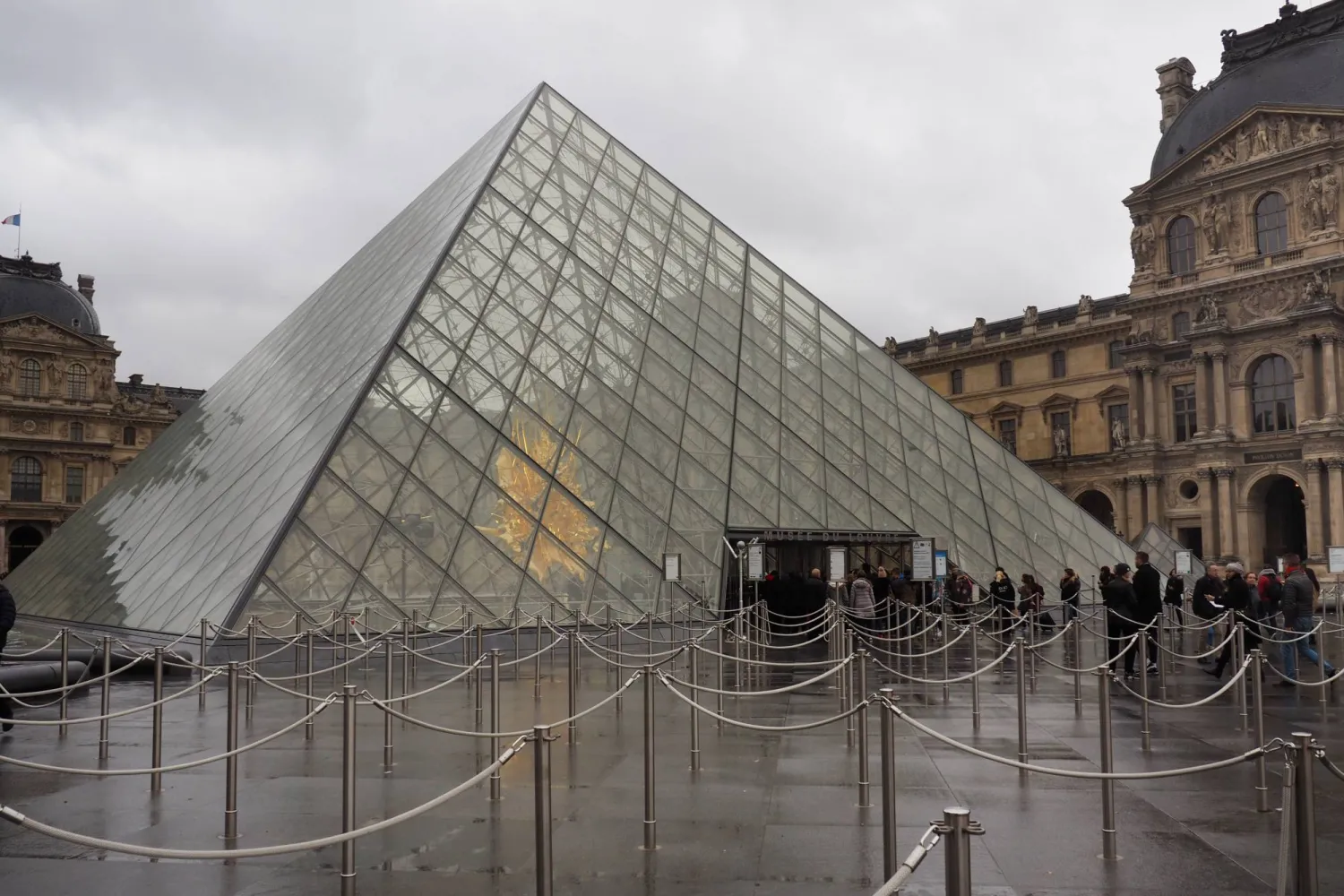Rua Al Madinah Holding has announced the launch of the Islamic Civilization Village project, spanning over 257,000 square meters, next to the Prophet's Mosque, to enrich the visitor experience in Saudi Arabia’s Madinah.
The project is set to become a cultural and educational destination that offers a wide array of activities, inclusive hospitality services and valuable historic shows that highlight several aspects of the Islamic history.
The Islamic Civilization Village is divided into eight distinct geographical zones: the Arabian Peninsula, Mashriq, Islamic South Asia, Maghrib, the Southeast Asian Nations, the Silk Road, Al Andalus and Africa, in addition to a zone highlighting the deep roots of the Kingdom's history as the cradle of Islam.
The project will also include diverse retail outlets (over 11,000 square meters), various dining options, culturally unique cafes and interactive shows, as well as around 12,000 square meters of green spaces.
Eng. Ahmed Al-Juhani, CEO of Rua Al Madinah Holding, described the project as an educational and entertaining cultural hub designed to showcase the scientific achievements and contributions of Muslims throughout history through its cultural components and interactive content.
He also noted that the project will enhance the cultural and educational experience of the visitors and pilgrims, and promotes Madinah as a tourism destination that meets the pilgrimage sector objectives in line with Saudi Vision 2030.
Rua Al Madinah Holding is part of the Saudi Investment Fund. Its work is focused on modern urban planning and development of diverse and comprehensive investment projects in Madinah, as a prestigious religious destination with a modern architectural system.
Among its plans is also to develop a network of hotels and commercial spaces, civilizational, cultural, and entertainment centers, as well as religious museums with modern infrastructure next to the Prophet’s Mosque.
The holding’s main goal is to accommodate 30 million visitors in Madinah by 2030, offering them an enjoyable stay and an exceptional visit that enriches their religious journey and cultural experience.









